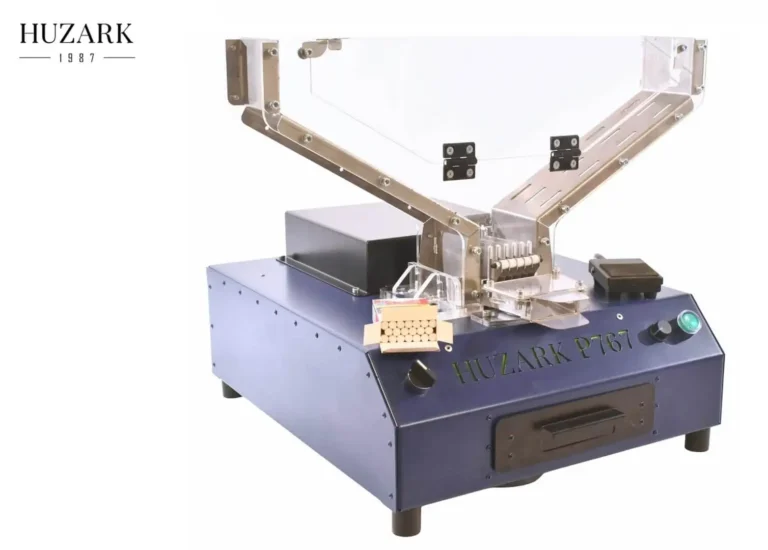
What Great Food Service Looks Like Behind the Scenes
More Than Meals: A System That Runs Deep
Most people only see the finished product — a hot plate of food, a clean table, a few friendly staff members behind a counter. But delivering great food service in the workplace is far more complex than it looks. Behind every successful meal program is an operation built with precision, care, and consistency. The best food service management companies don’t just serve food — they run full-scale systems that support health, efficiency, and culture every single day.
For a food program to truly enhance the workplace, it needs to work quietly, predictably, and at scale. That only happens when everything behind the scenes is built to perform under pressure.
Planning That Starts Before Anyone’s Hungry
Great food service doesn’t begin when the kitchen opens. It begins long before — during planning, sourcing, logistics, and schedule coordination. Food has to be ordered, prepped, stored, cooked, and served on time, every time. And it has to meet health regulations, cater to dietary restrictions, and align with workplace rhythms.
This kind of planning is where food service management companies prove their value. They design menus that rotate intelligently, balance nutrition, and accommodate common allergies without overwhelming staff. They calculate demand, minimize waste, and ensure every ingredient is traceable and safe. It’s not improvisation — it’s orchestration.
A System Built Around People, Not Just Food
Behind every effective dining program is a deep understanding of the people being served. It’s not just about food preferences — it’s about habits, work patterns, and energy needs. An office with split shifts might need flexible dining hours. A sales team might eat on the go. A health-conscious staff might prioritize low-sodium and high-protein meals.
Professional teams use this insight to build dining plans that match reality, not just theory. This is the level of attention that food service management companies bring to the table — transforming a cafeteria from a passive space into an active part of daily productivity and wellness.
Cleanliness and Safety: Non-Negotiable Priorities
Clean kitchens don’t happen by chance. Food safety requires training, systems, and constant diligence. Behind the scenes, there are checklists, temperature logs, sanitation protocols, and inspection standards being followed daily.
Companies that manage these programs know how to build consistency into every level of staff. From line cooks to delivery drivers, every role is trained not just in cooking — but in compliance, safety, and service standards. This invisible structure is what keeps food safe, environments healthy, and employers worry-free.
It’s also one of the main reasons workplaces partner with experienced food service management companies instead of trying to do it all themselves. The risk of missing one detail is too high — and the operational lift is simply too much for internal teams.
Real-Time Problem Solving
Even with strong systems, food service is dynamic. Equipment breaks, deliveries run late, and preferences shift. Great providers adapt without panic. They solve problems before they reach the customer, adjust menus on the fly, and keep service running smoothly even under pressure.
That flexibility is the result of preparation. It’s the ability to switch gears without breaking stride. Experienced food service management companies anticipate issues, build in contingency plans, and train their staff to handle hiccups like pros.
From a diner’s point of view, everything feels easy. Behind the scenes, it’s anything but.
Staffing That Reflects the Brand
The people serving the food become part of the employee experience. Their attitude, professionalism, and consistency shape how workers feel during their breaks. That means recruiting, training, and retaining the right people is just as important as the food itself.
Top food service providers build strong, supportive teams. They train them not just in kitchen skills, but in hospitality, communication, and cultural fit. Because when staff feel respected and empowered, they pass that positive energy to the people they serve.
Scaling Without Losing the Human Touch
It’s easy to deliver good service at a small scale. It’s much harder when you’re feeding hundreds daily. True excellence lies in scaling up while keeping quality and personalization intact.
Whether a company grows from 100 to 500 employees or moves to a new site, the best food service management companies ensure that service remains smooth, meals remain consistent, and staff still feel seen. That’s the behind-the-scenes work that earns loyalty — from employers and employees alike.
The Magic Is in the Systems
When workplace food service works well, it feels effortless. Meals arrive on time, lines stay short, and people leave satisfied. But that experience is only possible because of what’s happening behind the scenes: planning, training, maintenance, and constant adjustment.
Great food service isn’t just about what’s on the plate. It’s about the invisible machinery that makes every bite possible. And for companies that care about performance, culture, and daily satisfaction, that machinery is worth investing in.







